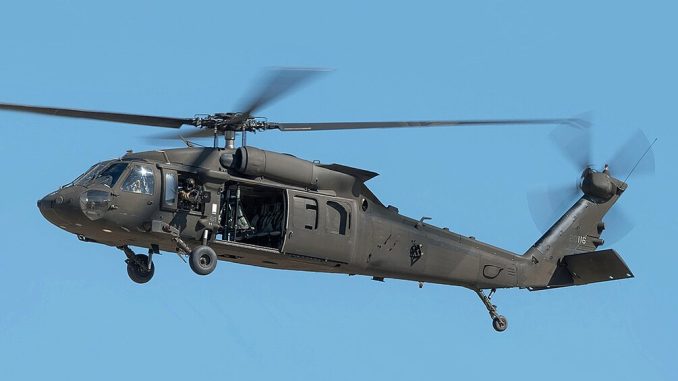
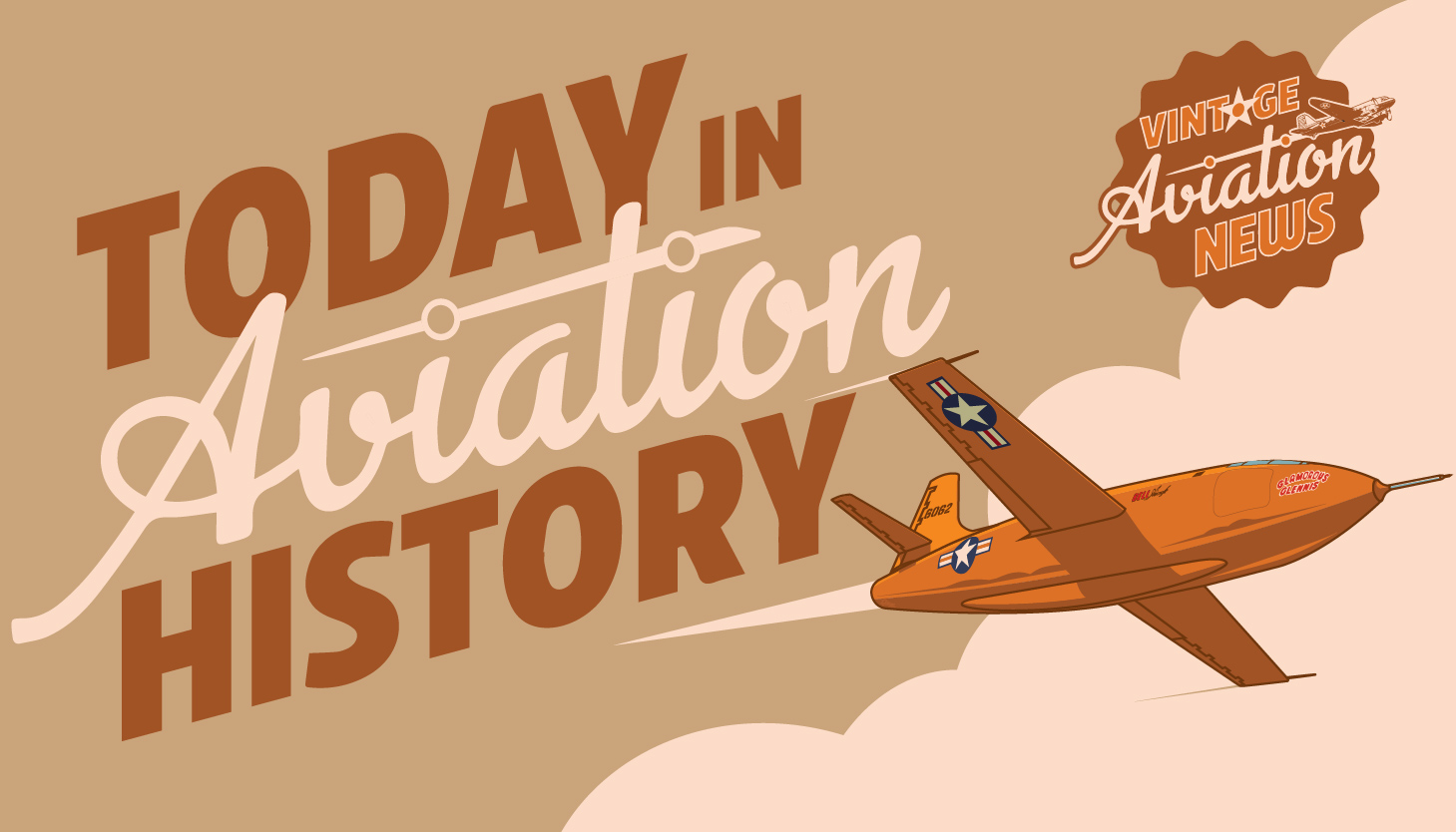
On October 17, 1974, the Sikorsky YUH-60A Black Hawk took its first majestic flight. It stands as one of the most iconic helicopters in military history, known for its durability, versatility, and global impact. Its journey from conception to becoming a cornerstone in military aviation is a remarkable story of innovation, adaptation, and continued service. In the late 1960s, the U.S. Army faced the challenge of replacing the aging Bell UH-1 Iroquois (commonly known as the “Huey”), which had served extensively during the Vietnam War. The need for a more advanced, capable, and resilient helicopter led to the creation of the Utility Tactical Transport Aircraft System (UTTAS) program. This program aimed to develop a helicopter that could meet modern combat demands, focusing on improved performance, survivability, and reliability. The Army also initiated a separate program to develop a new engine for its next generation of helicopters. This resulted in the General Electric T700 engine, which would become the backbone of the future Black Hawk, offering high power, reliability, and adaptability to various mission environments. By January 1972, the U.S. Army released a Request for Proposals (RFP) for the UTTAS helicopter. One key specification was air transportability, ensuring the helicopter could fit within a C-130 transport aircraft. This requirement shaped the early designs of the contenders, including the Sikorsky YUH-60A, dictating its cabin dimensions and overall profile.
The YUH-60A Prototype
Sikorsky’s design featured a 3-man crew and the ability to carry an 11-man rifle squad, a significant upgrade in terms of troop transport capacity. Additionally, the helicopter’s compact structure allowed it to meet the Army’s C-130 transportability requirement, making it suitable for rapid deployment. On October 17, 1974, the first prototype of the YUH-60A made its maiden flight at Sikorsky’s Stratford, Connecticut facility. Piloted by Chief Pilot James R. Wright and test pilot John Dixson, the flight aimed to assess the helicopter’s flight performance. Initial tests were successful, but some engineering adjustments were necessary. The main issue was excessive vertical vibrations, which were addressed by increasing the rotor mast height and redesigning the engine cowlings, improving flight stability. In 1976, Sikorsky’s YUH-60A faced a competitor, the Boeing Vertol YUH-61; in a head-to-head evaluation. After eight months of testing, the U.S. Army selected the YUH-60A for production due to its superior performance, survivability, and ease of maintenance. Following tradition, the new helicopter was named after Black Hawk, a Native American leader, and it officially entered service as the UH-60A Black Hawk in 1979.
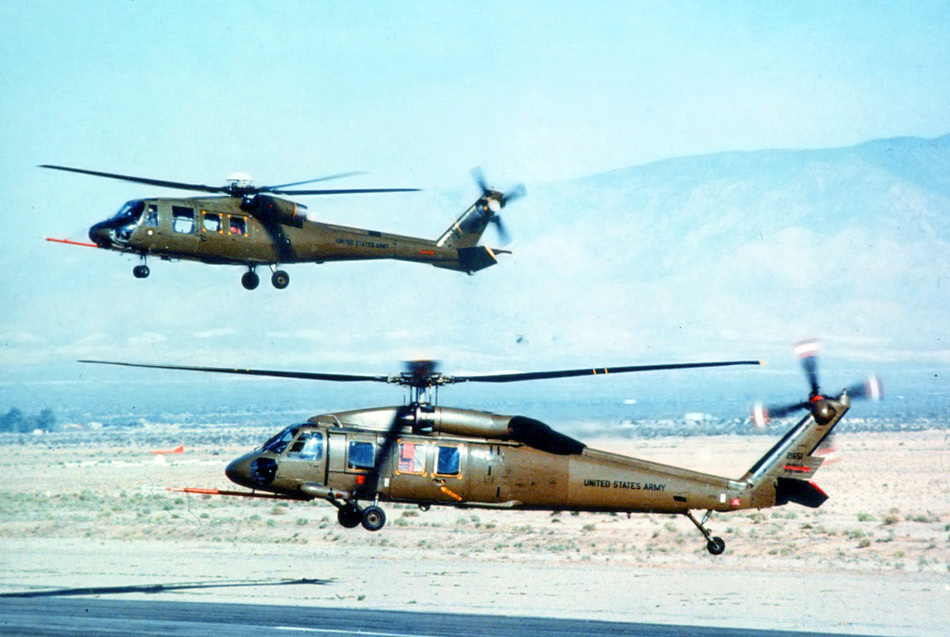
Operational Use (1980s – Present)
Since its inception, the Black Hawk family has expanded into numerous specialized variants. The UH-60L/M is an upgraded utility versions with advanced avionics and increased power, the Sikorsky SH-60 Seahawk is a naval variant adapted for maritime missions and the HH-60 Pave Hawk is a version tailored for combat search and rescue, used by the U.S. Air Force. These variants, along with others, highlight the Black Hawk’s adaptability to various mission roles, including electronic warfare, special operations, and VIP transport. The Black Hawk quickly became the workhorse of the U.S. military, participating in countless conflicts, including Grenada, Panama, Iraq, Somalia, and Afghanistan. Its reliability and versatility earned it a prominent place in international operations, with many countries adopting the helicopter into their military fleets. The Black Hawk’s success was not confined to the U.S. military alone. Numerous countries adopted the UH-60 or its variants for their armed forces. Including these countries, there is Australia with its acquired Black Hawks in the 1980s, utilizing them in regional operations across East Timor and Afghanistan. Brazil incorporated Black Hawks into peacekeeping and special forces operations, with additional orders extending into 2024. Colombia adopted the helicopter for counter-insurgency missions, modifying it into a gunship configuration locally known as the Arpía. China tested and purchased S-70C-2 Black Hawks for high-altitude operations, particularly suited for the challenging Himalayan region.
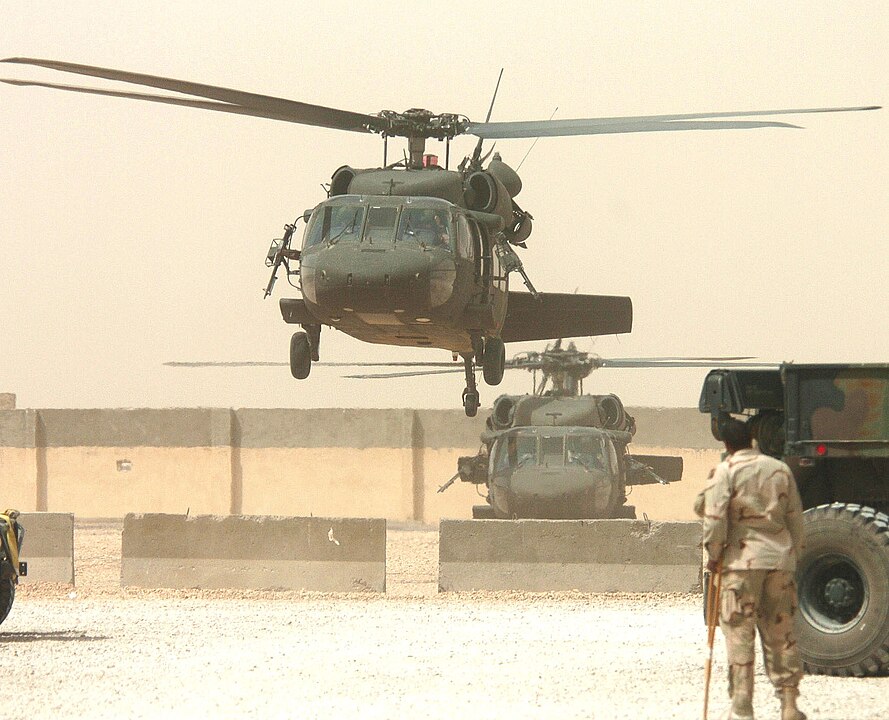
Technological Advancements and Design Evolution
The Black Hawk’s design has continued to evolve. Its four-blade main rotor with elastomeric bearings reduces maintenance needs while enhancing performance. The T700 engines, with their compact size and modularity, provide high power while keeping the helicopter nimble and reliable.The External Stores Support System (ESSS), introduced in 1986, expanded the helicopter’s capabilities, allowing for additional fuel tanks and heavy armament to be carried. The UH-60M, the most recent variant, integrates advanced avionics, extended range, and improved survivability features, ensuring the Black Hawk remains relevant in modern combat environments. The Black Hawk can reach speeds of 147 knots, carry 11 combat troops or significant external cargo loads, and endure harsh environments. With a cruise endurance of over two hours, it is ideal for sustained operations. Its cost varies by model, ranging from $5.9 million for the basic UH-60L to $10.2 million for the HH-60G Pave Hawk, reflecting its advanced systems and capabilities.
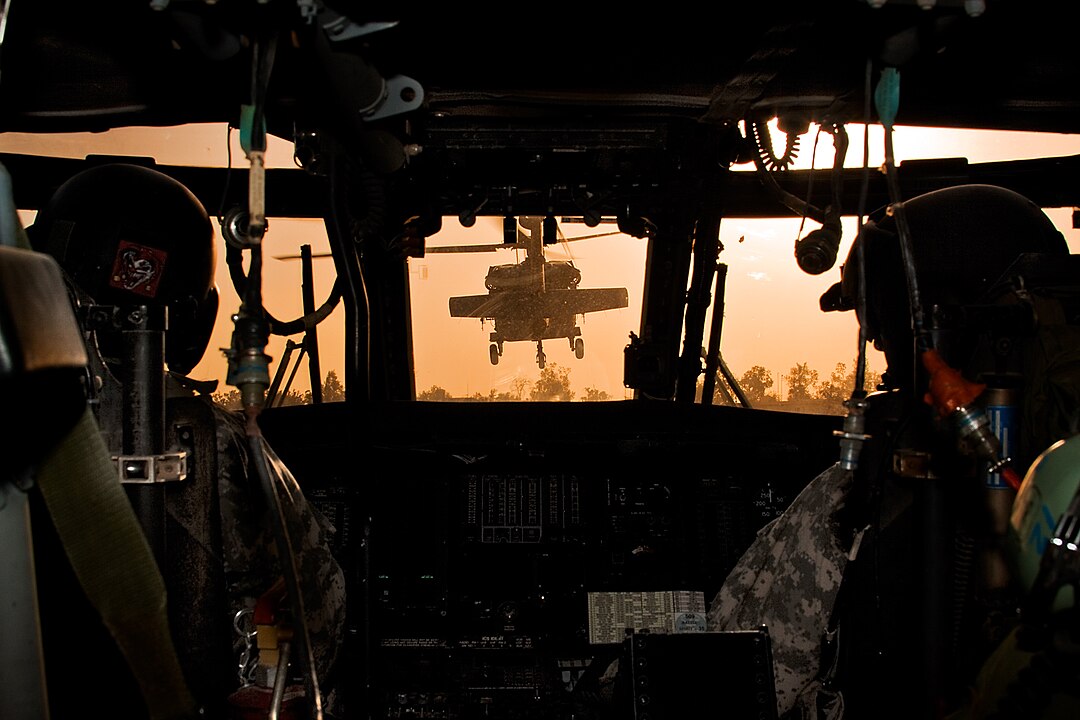
The Continued Evolution
The Black Hawk’s global reach is extensive, with nations like Poland, Israel, Mexico, and Sweden operating various models. Recent orders from Ukraine, Australia, and Indonesia further highlight its continued relevance. Despite efforts by the U.S. Army to replace the Black Hawk with new platforms like the Bell V-280 Valor, the Black Hawk remains indispensable to global military forces. The Sikorsky UH-60 Black Hawk is more than just a helicopter; it is a symbol of modern military aviation. From its early development in the 1970s to its widespread use in the present day, the Black Hawk has proven itself to be one of the most durable and versatile helicopters ever designed. Whether transporting troops, conducting search and rescue missions, or providing aerial support, the Black Hawk’s role in global military operations is far from over. With its continuous upgrades and global demand, it is clear that the Black Hawk will remain a critical asset for decades to come.

Today in Aviation History is a series highlighting the achievements, innovations, and milestones that have shaped the skies. All the previous anniversaries are available HERE.
Related Articles
"Haritima Maurya, pen name, ""Another Stardust,"" has been passionate about writing since her school days and later began sharing her work online in 2019. She was drawn to writing because of her love for reading, being starstruck by the art of expression and how someone can make you see and feel things exclusive to their experience. She wanted to be able to do that herself and share her mind with world cause she believes while we co exist in this beautiful world least we can do is share our little worlds within.
As a commercial pilot, Haritima balances her passion for aviation with her love for storytelling. She believes that, much like flying, writing offers a perspective beyond the ordinary, offering a bridge between individual experiences and collective understanding.
Through her work, ""Another Stardust"" aims to capture the nuances of life, giving voice to moments that resonate universally. "


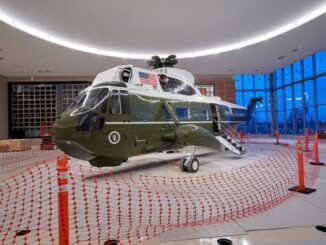
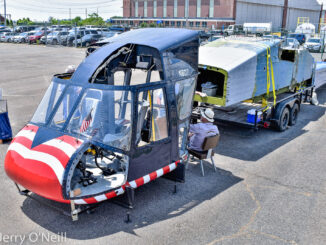
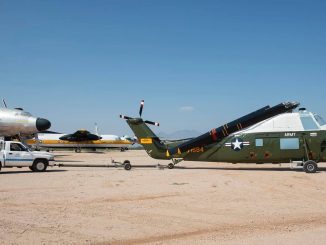
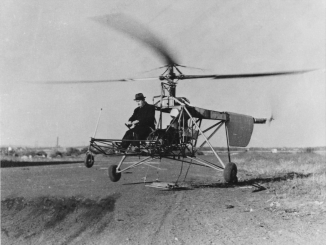


Be the first to comment
Graphic Design, Branding and Aviation Art